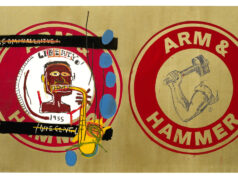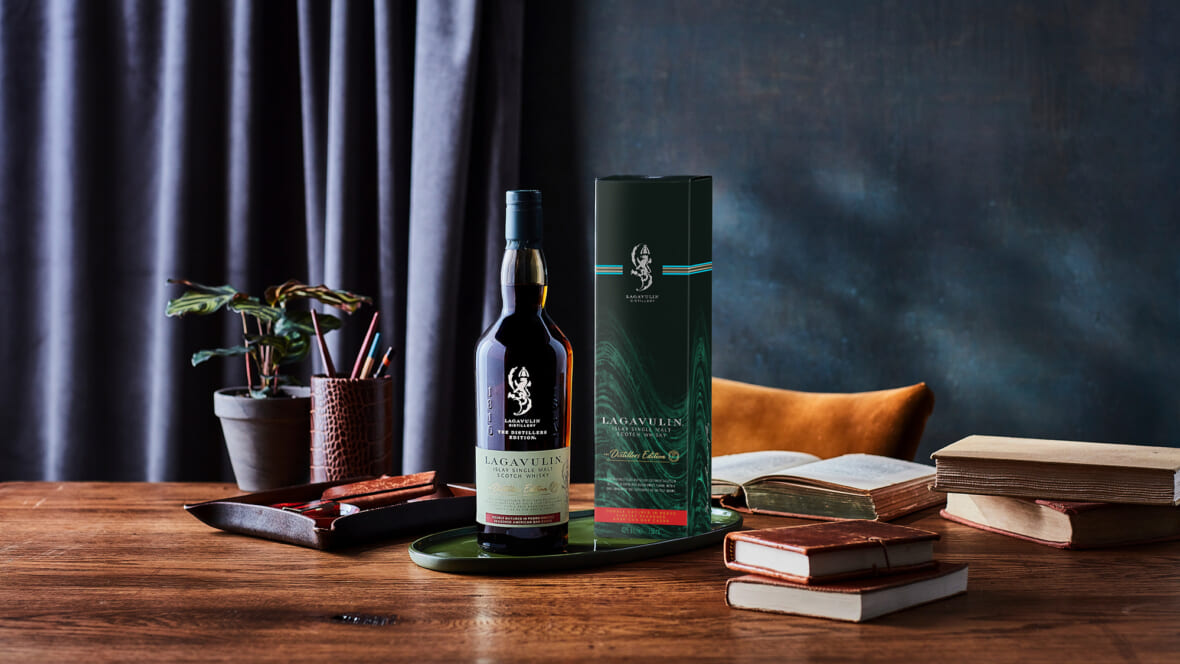

Presented by A-Five Meats
At ittoryu GOZU in San Francisco, chef Marc Zimmerman imports the full set of a Wagyu cow from Japan each month, from his sister company A-Five Meats, serving the primal cuts and off-cuts in a traditional kappo-style with diners seated around an open fire grill. His nose-to-tail philosophy includes burning bones as charcoal, rendering fat for sauces and serving non-traditional, yet delicious pieces of this prized Japanese cow that many diners aren’t familiar with.
The inspiration for GOZU and A-Five Meats developed over the course of five years when Zimmerman held positions as executive chef of Alexander’s Steakhouse in San Francisco and the business development chef for the company, having opened locations in Tokyo and Taipei in addition to the Bay Area. After visiting small farms, tasting beef from many prized locations, and developing friendships with farmers for over a decade, he wanted to open a restaurant back home to highlight the entire ecosystem behind wagyu. Understanding the supply chain, and importing meat, would be the first step to building out a restaurant that showcased a thoughtful and sustainable yet decadent experience around meat.

“There’s a romance in understanding the details in different environments, experiencing the terroir and seeing how we as humans connect with food,” Zimmerman says. Before opening GOZU in November 2019, he and his co-owner Ben Jorgensen built out A-Five Meats with the vision to bring full sets of wagyu direct to consumers and to chefs across the country but also to connect Japanese culture and their holistic environmental approach to diners in the U.S.
Jorgensen elaborates, “When you experience an ecological ecosystem and how wasabi and wagyu farms, rice fields, whisky distilleries are all interdependent and interconnected, you start to immerse yourself in the Japanese ethos and philosophy that transcends modern practices of farm to table.”

The end presentation of their entire journey is the Ittoryu GOZU dining experience that merges California seasons with flavors and techniques of Japan. For now, while COVID-19 restrictions have limited indoor dining, Jorgensen and Zimmerman have launched GOZU-Chan, an outdoor Japanese highball garden and robata experience, which is open Wednesday through Saturday.
The more casual sister restaurant operates under the same guiding principle as Ittoryu GOZU and places focus on displaying the nuance and versatility of the wagyu breed. GOZU-chan uses the same fragrant binchotan charcoal as at ittoryu GOZU to grill wagyu-stuffed morels, wagyu skewers, local and Japanese seafood, and vegetables such as Brentwood corn with Straus butter, shichimi and wagyu bacon and fingerling potatoes with whipped wagyu tallow and caviar.

Zimmerman serves American wagyu too, focusing on full-blood wagyu from farms like Lone Mountain Ranch in New Mexico. Most American wagyu is a crossbreed of Japanese wagyu and American Black Angus whereas Lone Mountain wagyu focuses only on full blood Kuroge. Cross-bred wagyu is significantly less marbled and while it has its place, is another experience altogether.
“If you compare the highest graded Japanese wagyu against American, you’ll see more intricate marbling and finer flecking,” Zimmerman says. “American wagyu generally has larger pockets of fat. That’s not necessarily a bad thing, but a matter of preference. Everything has its place and some of the leaner cuts are ideal for more complex preparations. This can provide restaurant chefs and home cooks with the opportunity to be creative.”

“While American wagyu has come a long way, there’s a certain protection of the breed in Japan,” Zimmerman says. “The Japanese have been working to perfect these genetics for more than 1,000 years. Neither live animals nor genetics are able to leave and diets are commonly undisclosed.” Kobe beef might be the most famous and expensive, but each prefecture has its own methods for coaxing the most flavor out of their cows.
In Kagawa Prefecture on Shodoshima Island, (perhaps the only place in Japan that produces olive oil), the Sanuki olive wagyu are finished on sun-dried olive pressings, resulting in a meat with more unsaturated fat and oleic acid.
“When we cut this meat it starts to literally melt on the cutting board,” Zimmerman says. “It’s not one that’s going to knock you over the head with waxy fat like Miyazaki or other prefectures in Kyushu; It’s much more elegant.”

Ohmi beef from Shiga Prefecture is raised according to long-established principles, including drinking pristine water from nearby Lake Biwa, and is known as the emperor’s beef, but Zimmerman’s favorite of all is wagyu from Chateau Uenae in Hokkaido, where the cattle are raised in sub-zero temperatures. “This is beef that is differentiated merely by climate and how it affects the animal.”
If you don’t live in San Francisco and have no plans to travel soon, home chefs can now order much of the same wagyu that Zimmerman serves – and that he sells to some of the best steakhouses in the country – through A-Five Meats. Zimmerman and Jorgensen recently pivoted to selling directly to homebound diners (shipping across the US and delivery in San Francisco). The meat at A-Five is never frozen, but instead chilled at just above freezing to ensure peak quality and freshness.
“The second beef is frozen, ice crystals begin to form in place of water and it breaks down the cellular structure of the meat,” Zimmerman explains.
“When you thaw it, there’s a lot of purged water and you lose moisture.” He recommends keeping wagyu in the refrigerator sealed in its packaging for 2-3 weeks at home, and unlike with American beef, which he would temper, you can cook Japanese wagyu (particularly smaller pieces) straight from the refrigerator. Just get the cast iron pan or grill as hot first.
“I advise people to move it around on the grill a lot,” Zimmerman says. The crust that forms, also known as the Maillard reaction, creates brown pigments in cooked meat and more importantly, new flavors and aromas. It’s easier to get this crust with wagyu. “When wagyu cooks, it releases fat that allows the meat to self-baste,” he says.
“Once an even crispy layer forms, remove it from the grill and allow it to rest. The most important element of cooking beef in general, is to allow it to rest and come down to a lower temperature. Resting results in a crispy outside and fleshy interior and this magical thing happens with wagyu that you rarely get with American breeds of beef.”
Japanese wagyu of this quality has never been this accessible to home cooks before. The butcher shop sells Japanese, Australian, and American wagyu from small farms and everything arrives vacuum sealed. You may never need to seek out beef anywhere else again.








